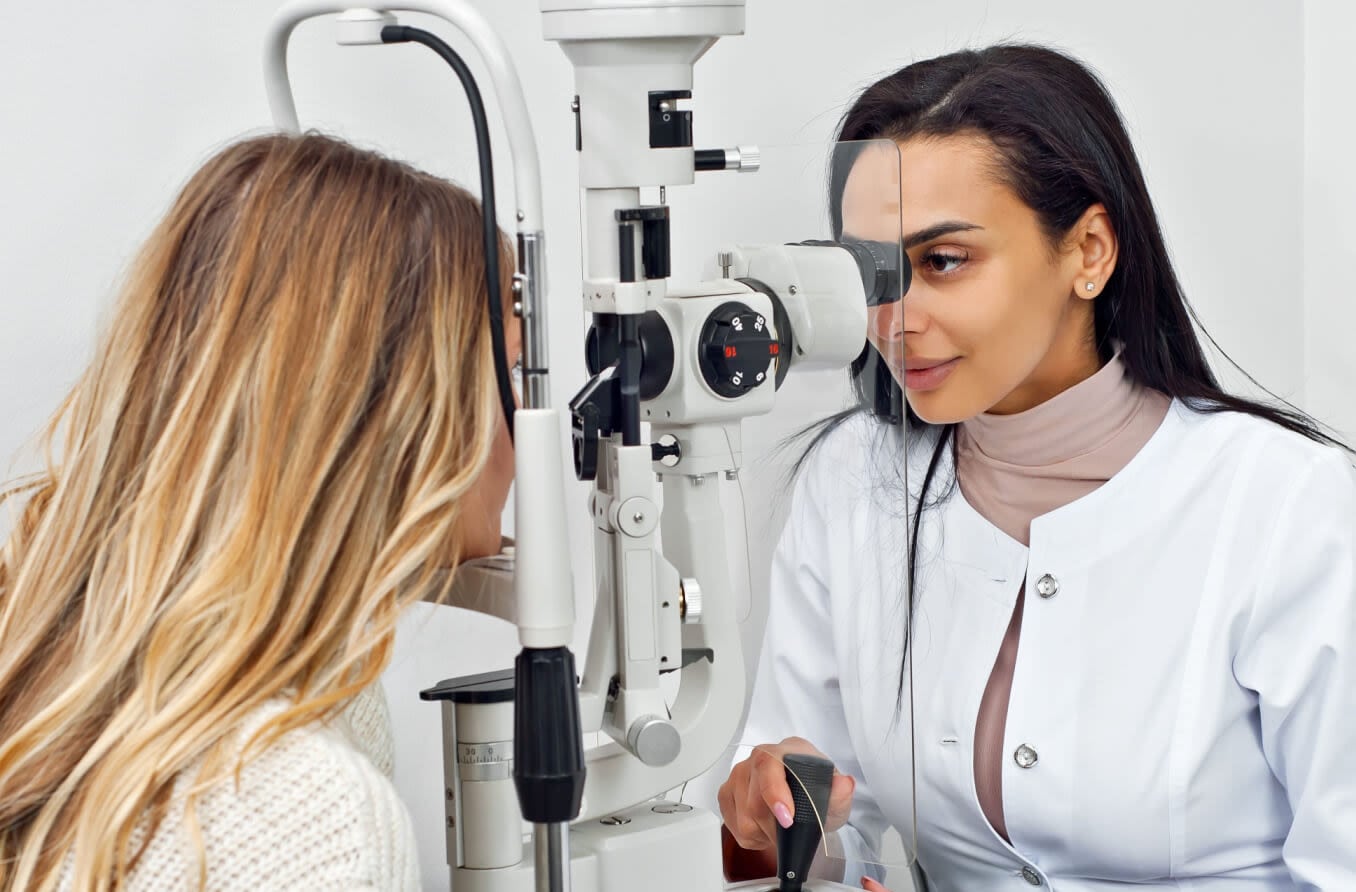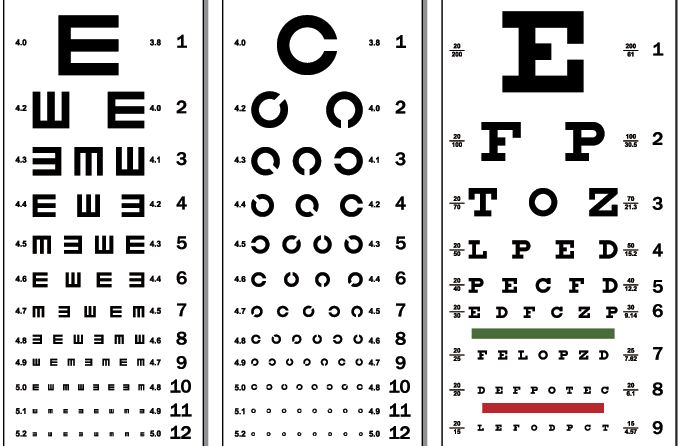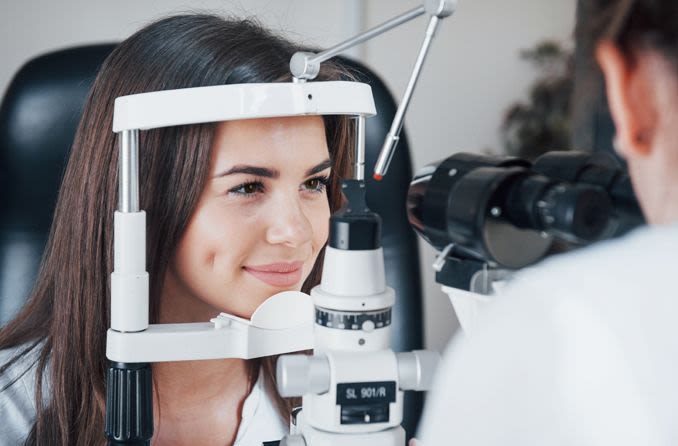What does OD mean?
The abbreviation OD is frequently used in eye care and has two distinct meanings. When OD is part of your lens prescription, it is the abbreviation for the Latin term Ocular Dexter, which means “right eye.” When OD is written next to your eye doctor’s name, it is the professional abbreviation for Doctor of Optometry.
There are many abbreviations used in eye care, and sometimes it can be difficult to interpret what they all mean. Another abbreviation you may see on your prescription is OS. This is the abbreviation for Ocular Sinister and is Latin for “left eye.” In computer terminology, OS can also refer to an operating system, but this is not what it refers to in eye care.
Understanding eye abbreviations when you visit your eye doctor will help you to make informed decisions about your eye care.
RELATED READING: What’s the difference between an optometrist and an ophthalmologist?










